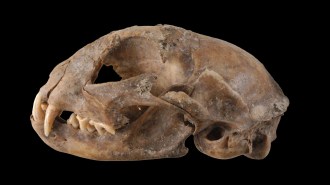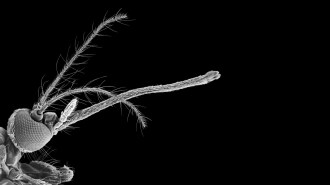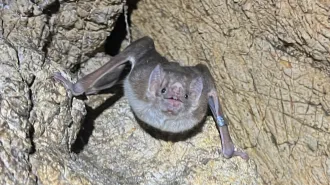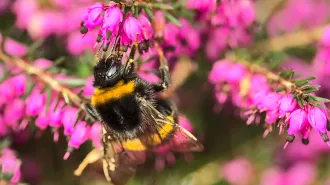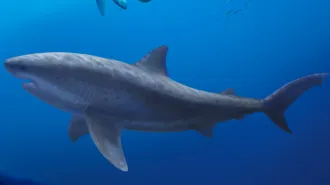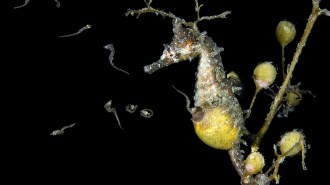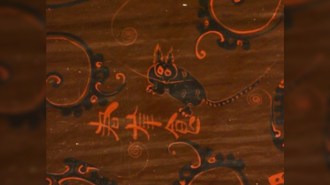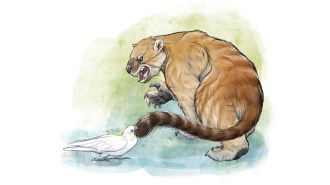New deep-sea sponge could play a starring role in monitoring ocean health
Plenaster craigi grows on metal-filled rocks that are a target for mining
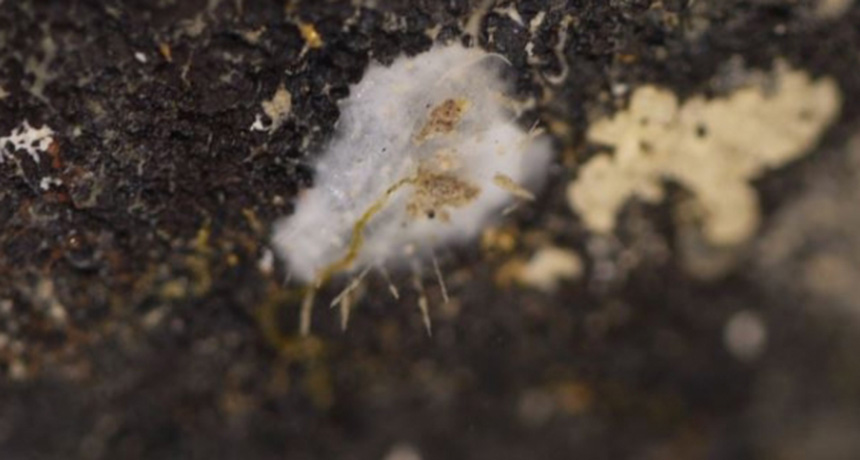
DEEP-SEA STAR This fuzzy white sponge — identified as a new species, thanks in part to star-shaped skeletal parts — encrusts metal-filled rocks that could be a target for deep-sea mining.
S.-C. Lim et al/Systematics and Biodiversity 2017, published by Taylor & Francis
